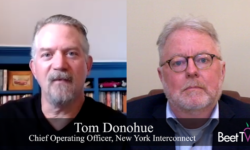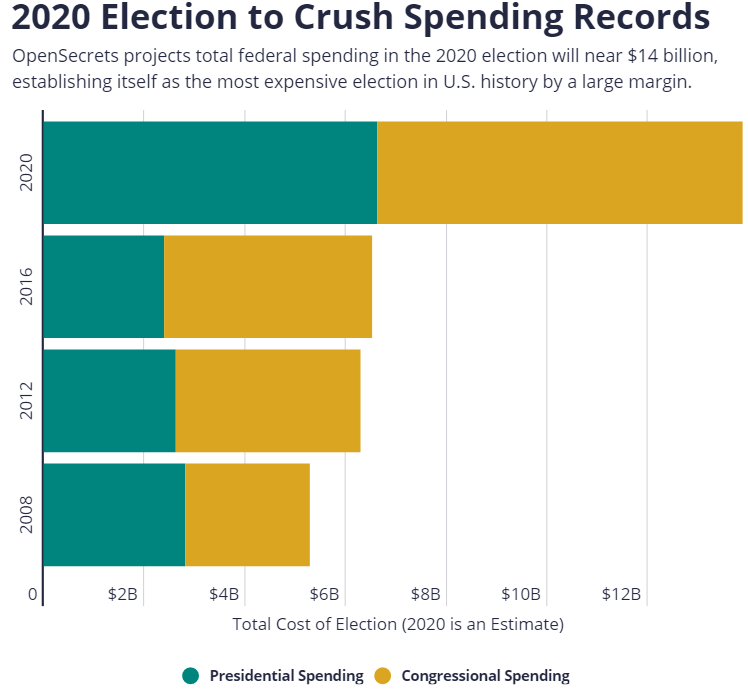This year’s elections brought record levels of spending on campaigns, with the Center for Responsive Politics raising its estimates of a final tally to more than $14 billion from $11 billion only a few weeks before. It’s still too early to tell how much of that amount went into television ads, but there’s little doubt that spending hit records.
Like many parts of the U.S., New York City and the surrounding region had their share of hotly contested races as several incumbents retired and political parties worked to flip vulnerable seats. Those twin dynamics set off a scramble to spend heavily in the designated market area (DMA) for television.
“In the New York DMA, we saw some very competitive races,” Randi Langford, vice president of programming and political ad sales at New York Interconnect (NYI), a joint venture among Charter, Altice and Comcast, in this interview with Beet.TV.
With Rep. Pete King, R-New York, retiring from New York’s 2nd district, and Max Rose, D-New York, facing a challenge from Republican Nicole Malliatakis in the 11th district, voters in the region were inundated with campaign advertising.
Shifting Viewing Habits
To reach those voters, political campaigns spent more heavily on over-the-top (OTT) and digital channels as the pandemic spurred a significant shift in viewing habits. With people spending more time at home consuming electronic media and manty candidates pulling back from rallies and other live events, streaming channels become more prominent.
“If we look back on 2018, OTT and digital did not play nearly as strong a role as they did in 2020,” Langford said. “People are home a lot more now, and 24/7 is primetime. In order to get every viewer, your schedules have to be so much broader, so much deeper.”
Source: OpenSecrets.org
The pandemic not only affected those habits, but it also may have led campaigns to change the tone of their advertising as consumers worried about the health crisis and its effect on the economy.
“Perhaps the pandemic slowed down some of the fundraising ads when the pandemic first started,” Langford said. “That being said, most of the advertising was traditionally what you expect to see.”
As campaigns entered their final weeks, political ads tended to first focus on introducing voters to candidates, followed by a period of listing their accomplishments and what they hoped to achieve in office. Mudslinging tended to be less common among these campaigns, while issue ads from political action committees (PACs) tended to be darker in tone.
Targeting Voters
Elections have distinct cycles as they move from primaries within political parties to the general election, when audience data become more crucial. NYI has Census-level set-top data to help target people of different political persuasions down to the level of congressional districts. Because each district has its own demographic qualities, no campaign is alike.
“As we get into the general election, it’s so much more important that we reach more than the party we’re identifying with,” she said. “There’s no cookie-cutting. That doesn’t work in this genre.”
You are watching “Targeted Strategies, Big Impact: TV Powered by Data, Addressability and Consumer Choice,” a leadership video series from Beet.TV and VAB. For more videos, please visit this page.




































